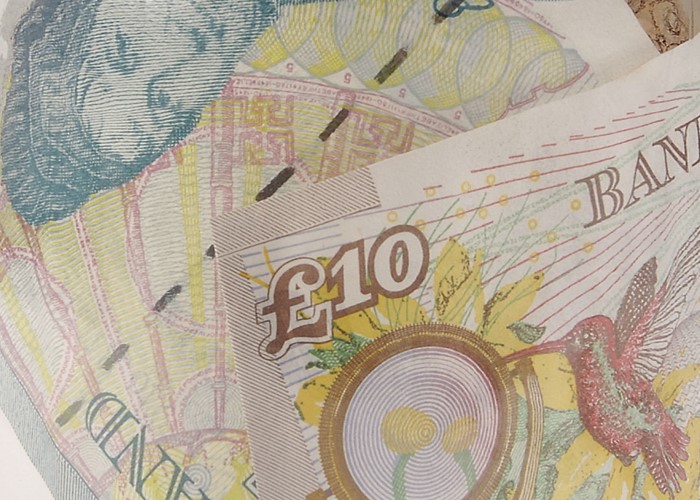Stop paying tax on your savings! - Video Script

Find out how to become a smart saver with a Cash ISA, and enjoy totally tax-free return.
Find out how to become a smart saver with a Cash ISA, and enjoy totally tax-free return.
Cash ISAs are a great way to earn a tax-free rate on your savings. With an ordinary savings account tax is deducted from your interest. But with an ISA, the taxman won’t be able to grab his slice, which boosts your overall return.
This is really important when savings rates are low and inflation is relatively high. Inflation – or rising prices - reduces the value and purchasing power of your savings. But a tax-free ISA with a competitive rate will give you a better chance of beating inflation, and earning a real return on your cash.
“Sooner or later, interest rates will go up,” says Ed Bowsher, head of consumer finance at lovemoney.com. “And if you keep money into ISAs every year, you’ll gradually be able to build up a nice big pile of tax-free savings cash.”
ISA Basics
Cash ISAs are basically just tax-free savings accounts. You can open a new one every tax year with a provider of your choice. To make the most of your money you should always choose one which offers a best buy rate.
But they are different from ordinary savings accounts in several key ways.
First of all, there’s a limit on the amount you can save in a Cash ISA. In each tax year, you can save a maximum of £5,100.
Drawbacks
But you should always remember these two rules:
One, if you don’t save the full allowance the remainder can’t be carried over to the next tax year. So, it’s a case of use it or lose it.
And two, any money you withdraw from your ISA can’t be replaced if you have already used up your full allowance for the tax year.
ISAs versus taxable savings accounts
Imagine you’re after an ISA with easy access. The ISA Extra account from Birmingham Midshires, for example, pays 2.70% for the first 15 months.
If you’re a basic rate taxpayer, you would need to find a taxable savings account with a rate of at least 3.38% to beat that return once tax has been deducted from your interest. So, because you’ll lose 20% of the interest you earn to the taxman, you need a higher rate to compensate.
Meanwhile, if you’re a higher rate taxpayer, you would need a rate of more than 4.5%, because you’ll have to hand over a whopping 40% of your interest in tax.
In the current savings market, finding taxable accounts with rates this high is impossible. This is why competitive cash ISAs have the edge.
“It’s hard to always get the best rate with ISAs because what happens is a bank launches a really good cash ISA with a really good rate, and then after a year, the rate starts falling,” explains Bowsher. “So after a year, I’d recommend once a year checking up on your cash ISAs and making sure the rate is still good. And if it’s not good, you can transfer your Cash ISA to another ISA provider and get a better rate elsewhere.
“Just be careful, you don’t want to just withdraw the money, you should transfer the money because otherwise you’ll lose the tax-free potential on your initial investment.”
Summary
So, now you know the basics, you’re all set for opening a cash ISA right at the start of the new tax year. Remember, from the 6 April you can put away up to £5,100. And it’s a good idea to apply straightaway. After all, why pay tax on your savings when you don’t have to?
Most Recent
Comments
Be the first to comment
Do you want to comment on this article? You need to be signed in for this feature







